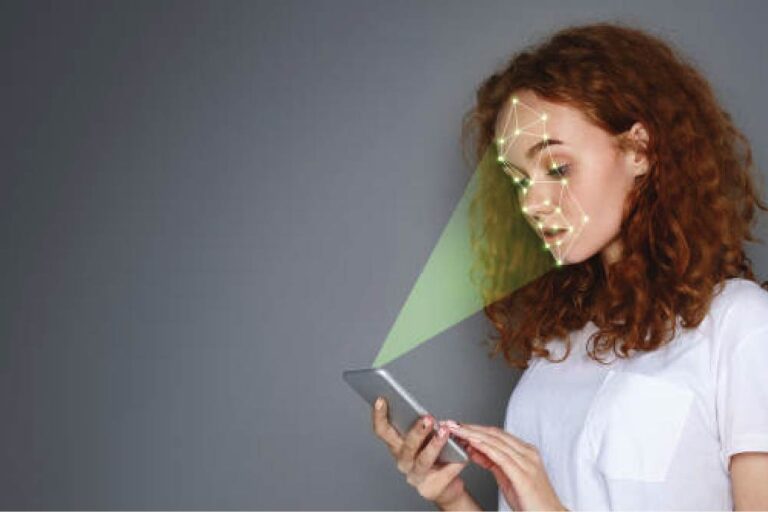ID-Pal CTO and Co-Founder, Rob O’Farrell | What is Identity Verification Series
In our previous article (The Foundations of Identity Verification: Trust and its Pillars), we walked through the essence of how trust is established in the real world. Now, in part two of our five-part series, let’s venture into the realm of machines. Here we explore the cold yet intricate logic they employ to answer the same age-old question: “Who are you?”
A Computer’s Perspective on Trust
While we humans rely on familiarity and intuition, computers demand data. Their world is binary, devoid of grey areas. However, the principles remain aligned with our human notions. The three pillars stand strong, albeit with a digital twist.
1. Something You Know: For a computer, this often translates to passwords. Think of it as the basic handshake between you and the machine. However, passwords alone can’t be the knight in shining armour. They can be compromised, forgotten, or even guessed.
2. Something You Have: This is the realm of digital tokens, smart cards, and security keys. These are the tangible items that communicate with computers, saying, “This person is genuine.” The interplay of software and hardware offers an enhanced layer of security.
3. Something You Are: Biometrics again! But in the digital realm, it’s more intricate. Computers analyze patterns, measuring the distance between facial features or the unique whirls of a fingerprint. It’s all mathematics underneath.
Combining the three pillars
In a robust identity check, all of the three pillars may be used. When opening a bank account you may need to provide an ID (something you have). Someone or some machine may compare your face to the face on the document (something you are). They may also ask for your Social Security Number or similar (something you know). The combination of the three types of check, combined with verifying that information against government databases would make for quite a robust check.
However, there is a challenge in the above scenario: Machines don’t see the world the way we do so that begs the next question…
How do they do it?
Machines can receive and analyse images, but that’s not “seeing” the way we think of it. As a result, there are some ways that machines are better than us at managing information, and some ways they are worse.
One approximation is key to understanding how their vision is different. They use a type of Artificial Intelligence called a “Convolutional Neural Network” to interpret images. It’s a mouthful, but what is important is what it tells us about how computers view the world. Each image is made up of pixels (dots of different colours). Modern high-resolution images are made up of lots of dots. The first thing a computer does is simplify the amount of information it has to interpret by “convolution”. It’s watering down the information a little bit but trying to lose as little of it as possible. This means that the computer literally cannot see what we see.
Things that are obvious to us, are not obvious to computers. The inverse is true too, because we tend to focus on the large-scale features of a thing whereas computers focus on the very small and build up an understanding of what they are looking at from there.
What else can they do?
Computers also have advantages such as fast database access, and encryption. We would be a very long time checking a list of millions of passport records, but computers can do it in milliseconds.
Encryption plays two crucial roles in identity verification. Firstly, it protects data from being read except by those people or systems that are supposed to read it. It’s the process of converting information into a code to prevent unauthorized access. Secondly, using a special type of encryption called Public Key Encryption, you can in essence cryptographically “sign” data to prove who it came from.
When you’re authenticating yourself, often your data gets encrypted, sent across the internet, and then decrypted to verify its authenticity. This encrypted bridge forms a crucial aspect of trust in the digital space.
Conclusion
Machines, with their intricate algorithms and vast databases, are evolving rapidly in the realm of identity verification. Their logic, though rooted in our age-old principles, brings in layers of complexity and precision. In our next edition, let’s explore the advanced techniques that are shaping the future of this field.
Connect with Rob on LinkedIn



